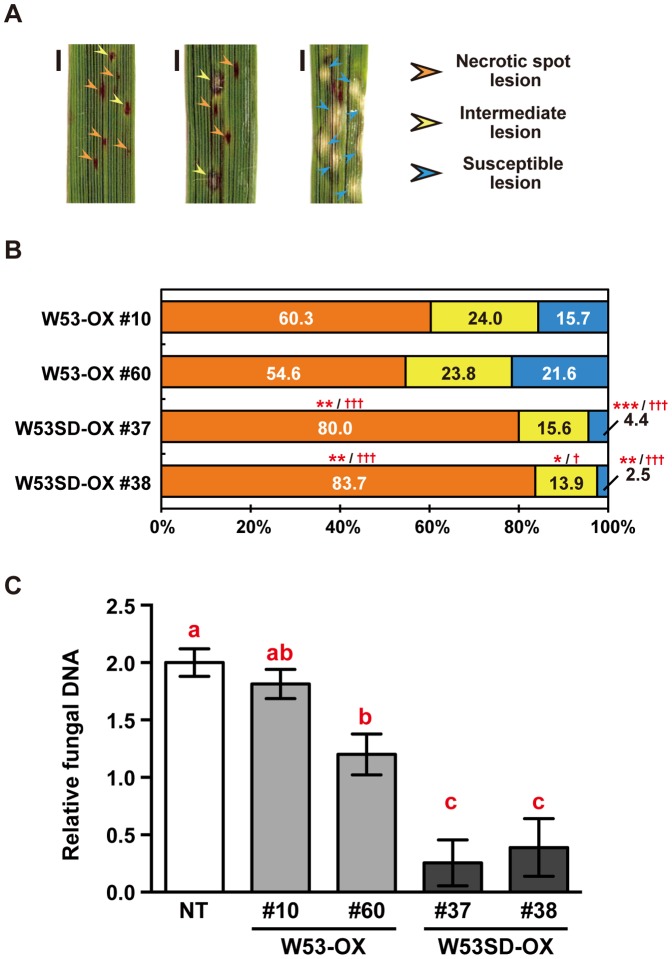Figure 4. Overexpression of a phosphorylation-mimic mutant of OsWRKY53 enhances the rice blast resistance of rice plants.
A, Representative lesions of rice blast disease observed at 5 days post inoculation (dpi). Bars indicate 1 mm. B, Ratio of the classes of lesions in transgenic rice leaves infected with rice blast fungus Magnaporthe oryzae Ina86–137. Washed conidia of the blast fungus were suspended in 1 mM MES-NaOH (pH 5.7) and then were inoculated on leaves of W53-OX and W53SD-OX transgenic rice plants. The lesions were counted according to the classifications shown in A. Bars represent the ratio of lesions of each class to the total number of counted lesions in 3 or 4 individual leaf blades. Three independent experiments were performed, and a representative result is shown. Asterisks and daggers denote significant differences compared to W53-OX plants (*p<0.05; **p<0.01; ***p<0.001 vs. W53-OX #10; † p<0.05; ††† p<0.001 vs. W53-OX #60, by One-way ANOVA with Tukey post hoc test) C, Development of blast disease in leaf blades evaluated by quantitating M. oryzae genomic DNA. The amount of M. oryzae 28S rDNA relative to rice genomic eEF1α DNA was determined by quantitative PCR analysis. Values are represented as mean values ±SE for 6 leaf blades. Statistically different data groups are indicated using different letters (p<0.05 by One-way ANOVA with Tukey post hoc test on log-transformed data). NT, non-transformant control rice plants; W53-OX, native OsWRKY53-overexpressing rice plants; W53SD-OX, phosphorylation-mimic mutant of OsWRKY53-overexpressing rice plants.

